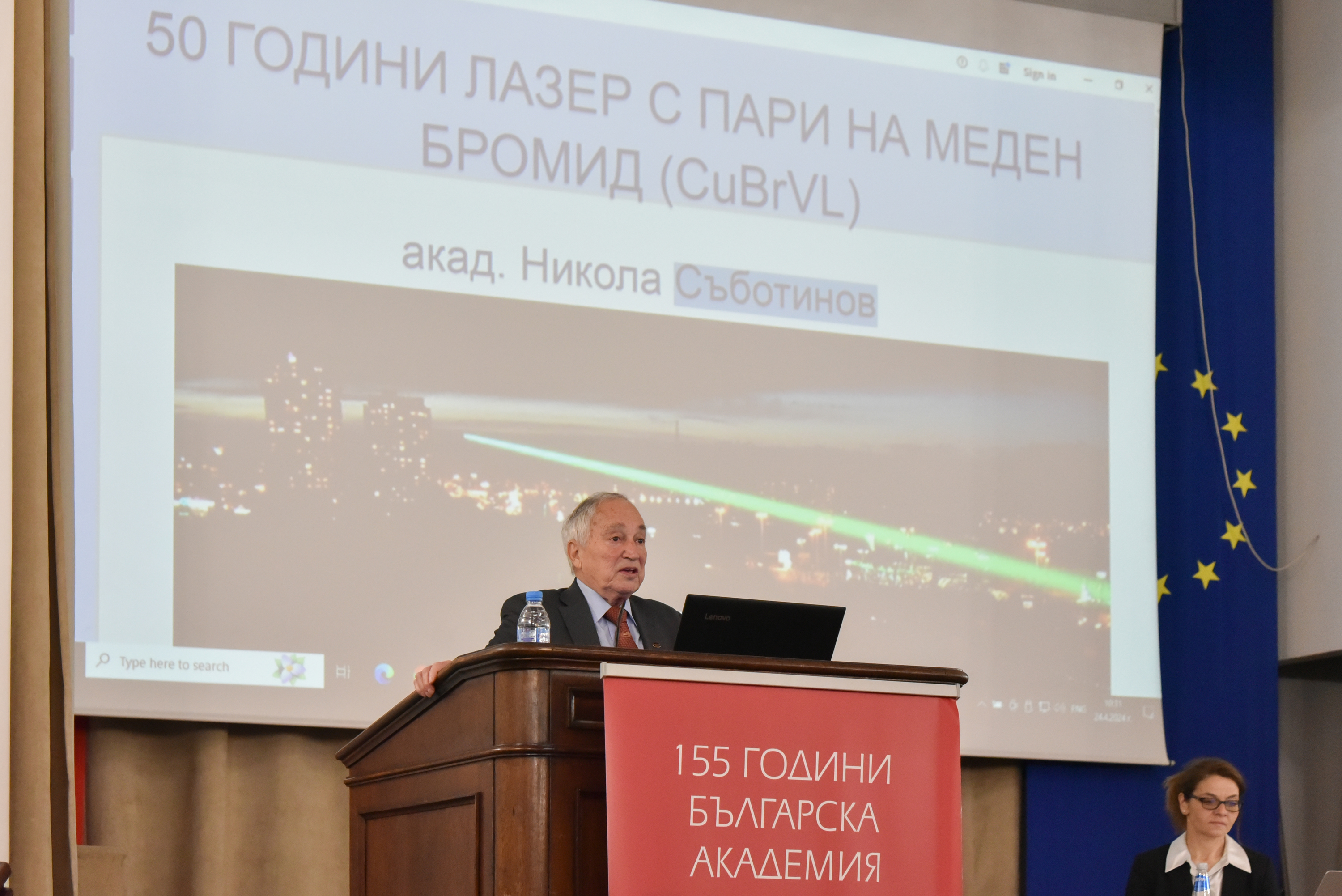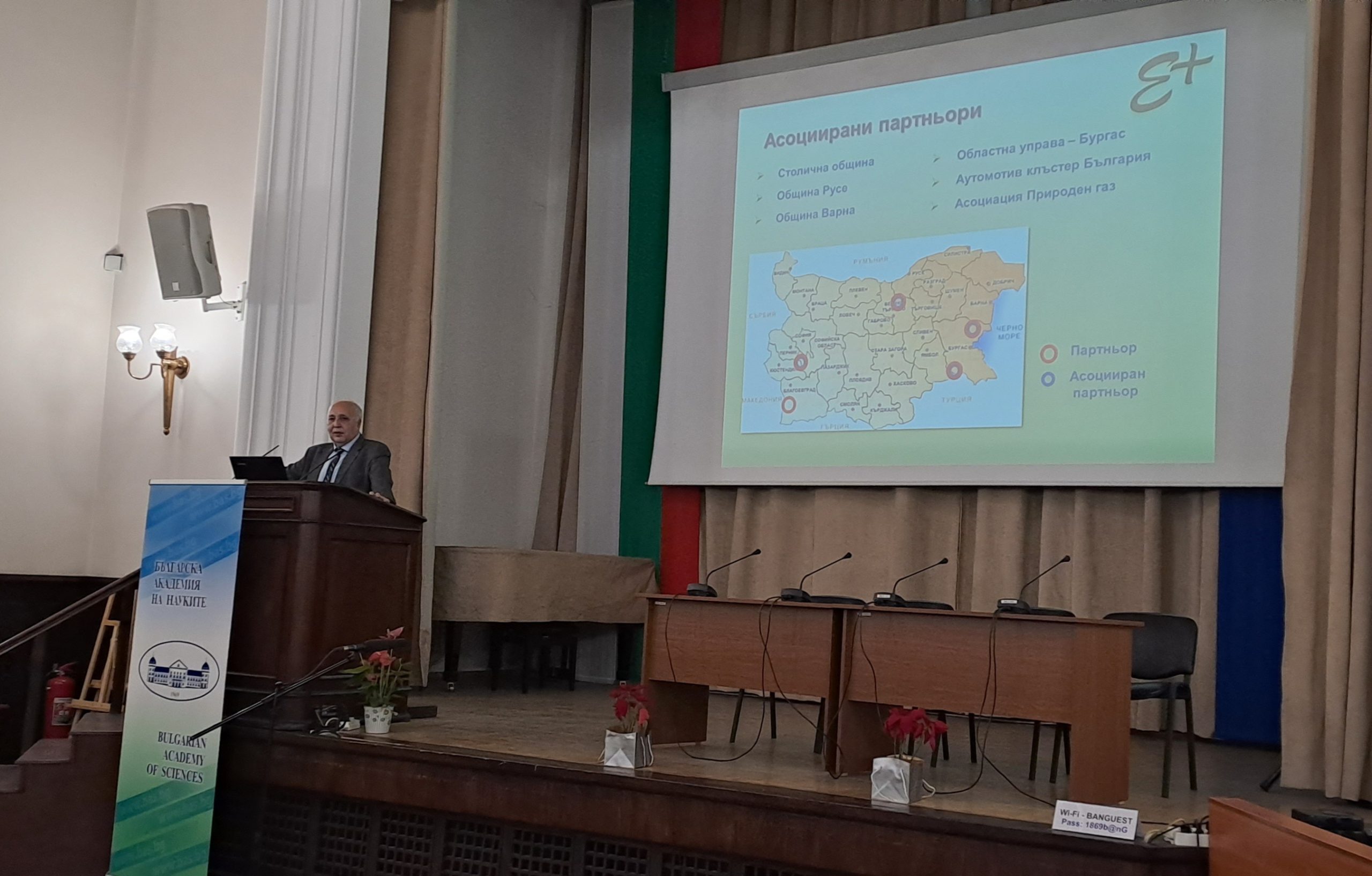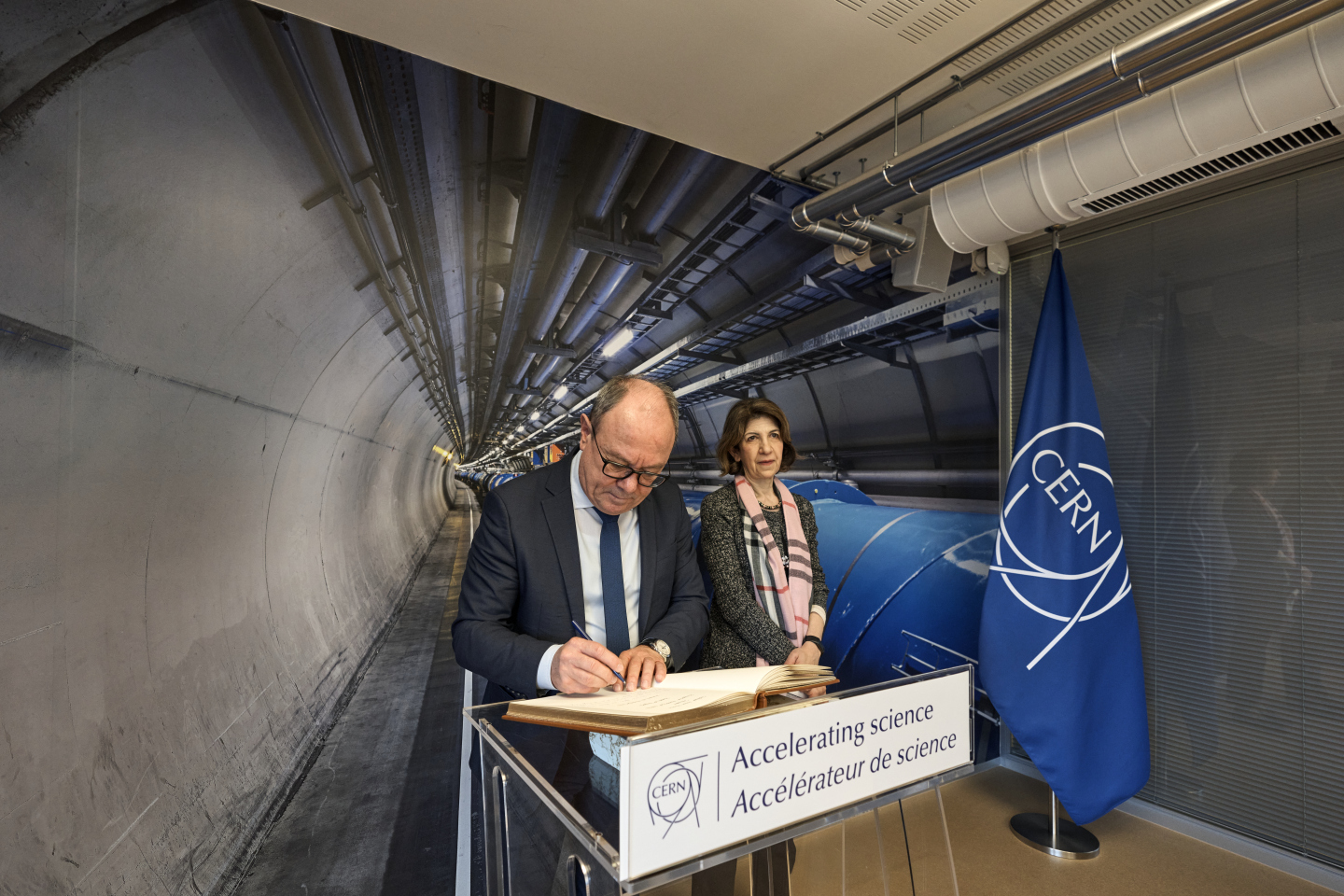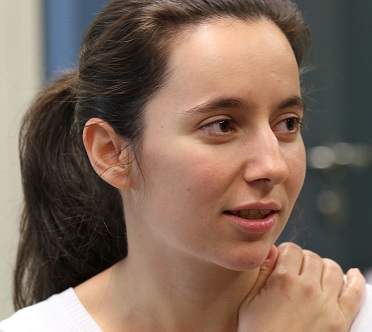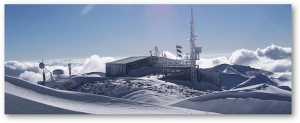 Experts from the Institute for Nuclear Research and Nuclear Energy of the Bulgarian Academy of Sciences on the basis of the existing monitoring system of the institute confirm that there is no increase of the background radiation in the country in recent weeks, there is no risk for the population of Bulgaria and there is no need to take radiation protection measures.
Experts from the Institute for Nuclear Research and Nuclear Energy of the Bulgarian Academy of Sciences on the basis of the existing monitoring system of the institute confirm that there is no increase of the background radiation in the country in recent weeks, there is no risk for the population of Bulgaria and there is no need to take radiation protection measures.
On Saturday, 4 April 2020, a fire broke out in the restricted area around Chernobyl NPP. It covered an area of over 100 hectares of forests and grasslands in the so-called Chernobyl radiation-ecological biosphere reserve which was aided by the climatic conditions – very dry and snowless winter and strong winds in early April. Unlike in previous years, the fire has now reached the site of the Chernobyl NPP site and the nearby site of highly active radioactive waste from nuclear facilities in Ukraine. This fact alone should not be terrifying to people because even when a fire enters the very site, it must be known that all facilities on its territory that contain radioactive substances are made of non-combustible materials: metal and reinforced concrete structures. The repository in question is built in accordance with all modern safety rules.
In connection with press releases on the occurrence of a fire in the Chernobyl NPP area and the ensuing concern for some people, it should be borne in mind that in the Republic of Bulgaria there is a continuous monitoring of the gamma background by five agencies:
- The MOEW Executive Environmental Agency maintains the National Automated System for Continuous Gamma Background Control (BULRaMo System).
- At the National Center for Radiobiology and Radiation Protection at the Ministry of Health a gamma background measurement is performed at one point.
- The “Civil Protection” General Directorate at the Ministry of Interior receives data on gamma background measuring from 335 posts located in municipal administrations and 28 posts located in regional administrations.
- Kozloduy NPP measures gamma background through the Automated Information System for External Radiation Control which is integrated with the BULRaMo system and through the Automated Information System for Radiation Monitoring “Katrin”.
- The Institute for Nuclear Research and Nuclear Energy at BAS (INRNE – BAS) performs measurements at Musala Peak and at 7 points on the territory of the Institute and the Research Reactor IRT-2000 in Science Complex-2, Sofia.
A reference to the status of the background gamma radiation for the city of Sofia (six detectors positioned at different points of the Research Reactor of INRNE – BAS) for the period 1 – 15.04.2020 revealed that the average daily values vary from 0.11 up to 0.13 µSv/h.
The average daily values of the background gamma radiation for Musala peak vary from 0.14 to 0.16 µSv/h over the same period.
For the territory of the Republic of Bulgaria, the natural background gamma radiation is in the range from 0.06 to 0.40 µSv/h, i.e. values are within the normal range.
The recorded quantities of 137Cs will be assessed after measuring the samples of the early warning system for transboundary transfer of radioactive substances operating around the clock at BEO – Musala. At an altitude of about 3000 meters, high-speed air movements are a clear indicator of the transboundary movement of radioactive substances. That is why the data measured at Musala Peak is an extremely important assessment of the radioactive situation not only in Bulgaria but throughout Southeastern Europe.
Based on the current measurements, it can be concluded that there is no risk to the population of Bulgaria and that no radiation protection measures are required.
For the proper functioning of the Basic Environmental Observatory – Musala, the management of INRNE – BAS thanked the Ministry of Education and Science for the support to the ACTRIS project under the National Roadmap for Research Infrastructure.


